|
"Atomic Passages" (2009) are stars on sidewalks and benches benches credited to Atomic Industries and artists Danielle Kelly, Adam Morey, Aaron Sheppard, and Erin Stellmon. Casino Center Boulevard between Charleston Boulevard East Colorado Avenue. "What do you think is a symbol for Las Vegas?" That was a question I was asked by Richard Hooker, curator, artist, and the former senior cultural specialist for the City of Las Vegas who helped push public art forward. I had an answer. I've seen on sidewalks and signs. It’s that four-pointed star, I said. Hooker gently asked: “Do you mean the star with eight points?” He was referring to the red starburst Betty Willis used to top her 1959 “Welcome to Fabulous Las Vegas” sign. That’s undeniably a Las Vegas invention, but the design pedigree is from her childhood recall of a Los Angeles neon experience, and the flickering star was her nod to the promotion of happiness from Disney, an insider story recanted by the Las Vegas Weekly in 2008 (Disneyland had just opened in 1955). And yes, there is Vegas Vic, but the winking cowboy on Fremont Street is more of a downtown landmark. The four-pointed star is flourish with backstory and in a city of replicated landmarks curated details also have weight as symbols. Make an online search for “Atomic Starburst” and you may get a space race flashback that has a with eight light bursts. Eight is too busy, almost too generic. Consider the four-pointed star. That works. It is a also a throwback to atomic power and mid-century modern culture, and as a simple graphic it is a identifier to consider as a symbol of Las Vegas. It has been tested. In “Atomic Passages,” the city of Las Vegas first major investment in public art, where artists were matched with civil engineers and city planning, four-pointed stars are embedded in the sidewalk on Casino Center Drive as repeating constellations. Accompanying benches have backs that refer to desert geology as texture, and in the crevices of the rock scape are more painted stars, micro-sized emblems in minimalist form. The 1967 Stardust monolith used the star shape in coordinated clumps with naïve optimism about science. According to a recent tour at the Neon Museum, the hotel packaged atomic testing parties. Before the Stardust there were other four-pointed stars on earlier signs, like the Starlite Motel, built in 1963. The four point flare is more than a starburst in the night. On abandoned decaying signs with peeling paint, sockets with sparse leftover bulbs and faded color the blaze is affixed in a metal apex. The burst is still “seen” in the daytime off-hours, making the blink of manufactured light a Las Vegas parable, the illumination of settlement in western culture. This star is a cultural badge worn by a city that's always shining. "Atomic Passages" was funded by the city of Las Vegas Percent For the Arts program through the Las Vegas Arts Commission. Away from the Neon Boneyard are large sections of the Stardust sign in storage Four-point stars can be seen in the upper left corner of this graffiti piece in the 18b Arts District. All photos: Paint This Desert
1 Comment
|
An Online Arts JournalExhibition:
February 2 – March 31, 2019 Artist Reception and Gallery Talk: Sunday, February 10, 2019, 4 p.m.–7 p.m. SPONSOR
Archives
February 2019
Categories |
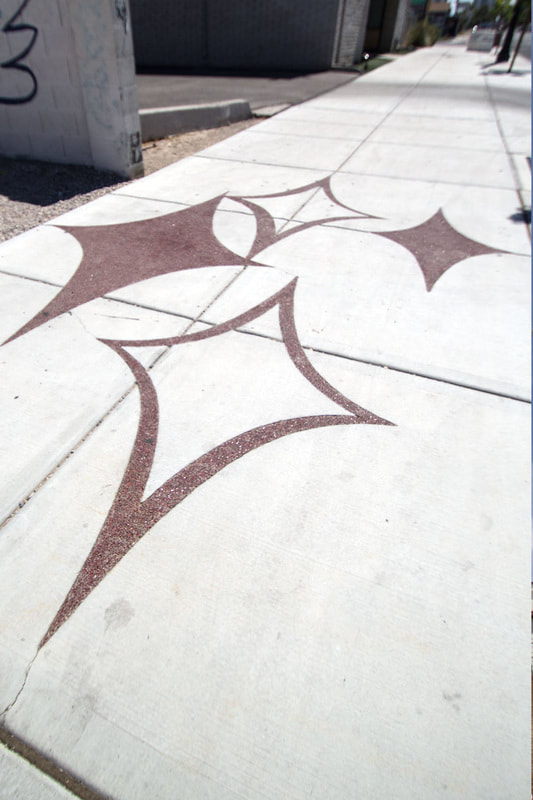
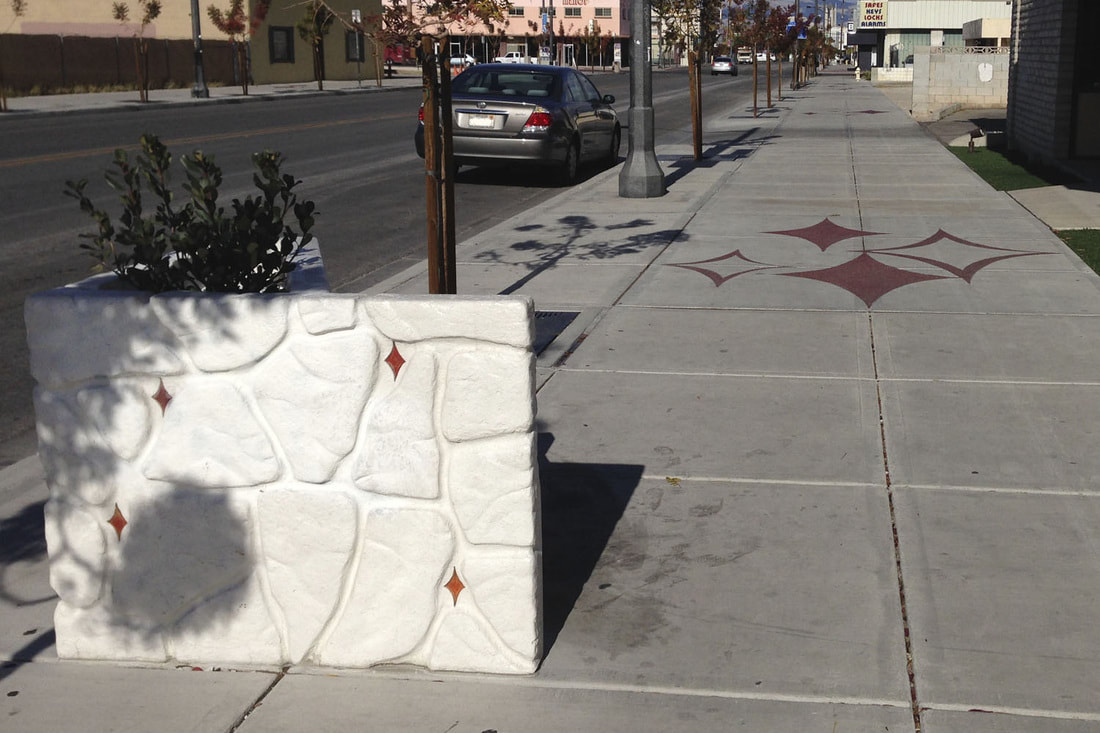
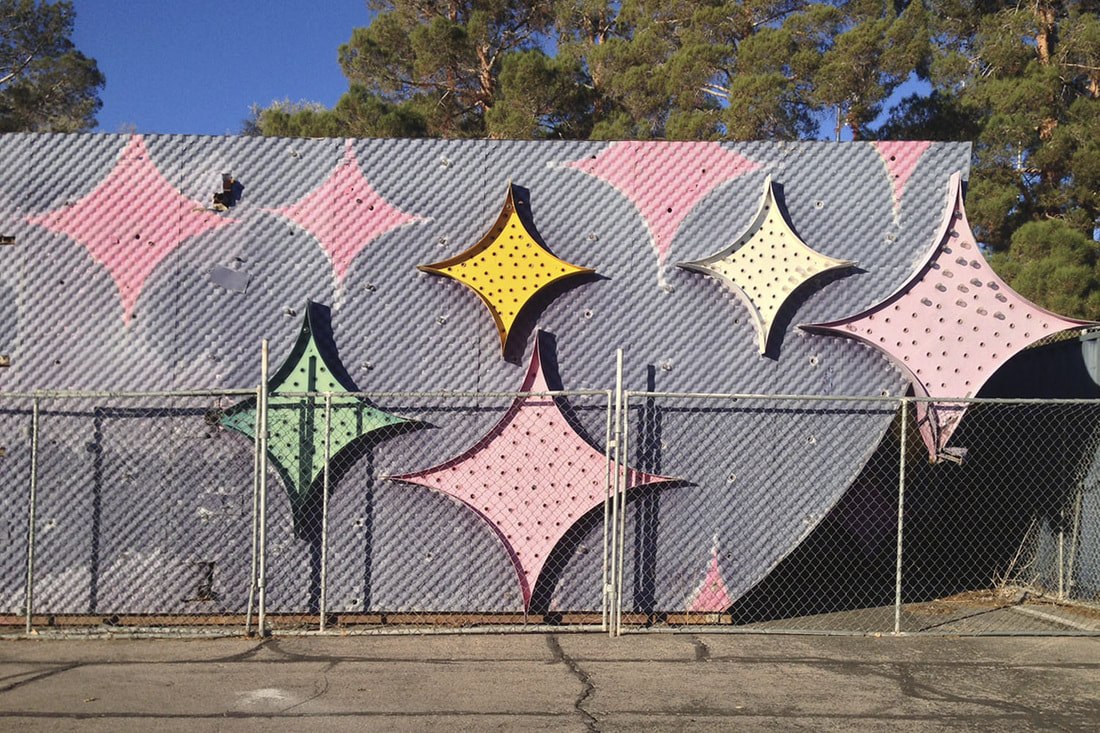
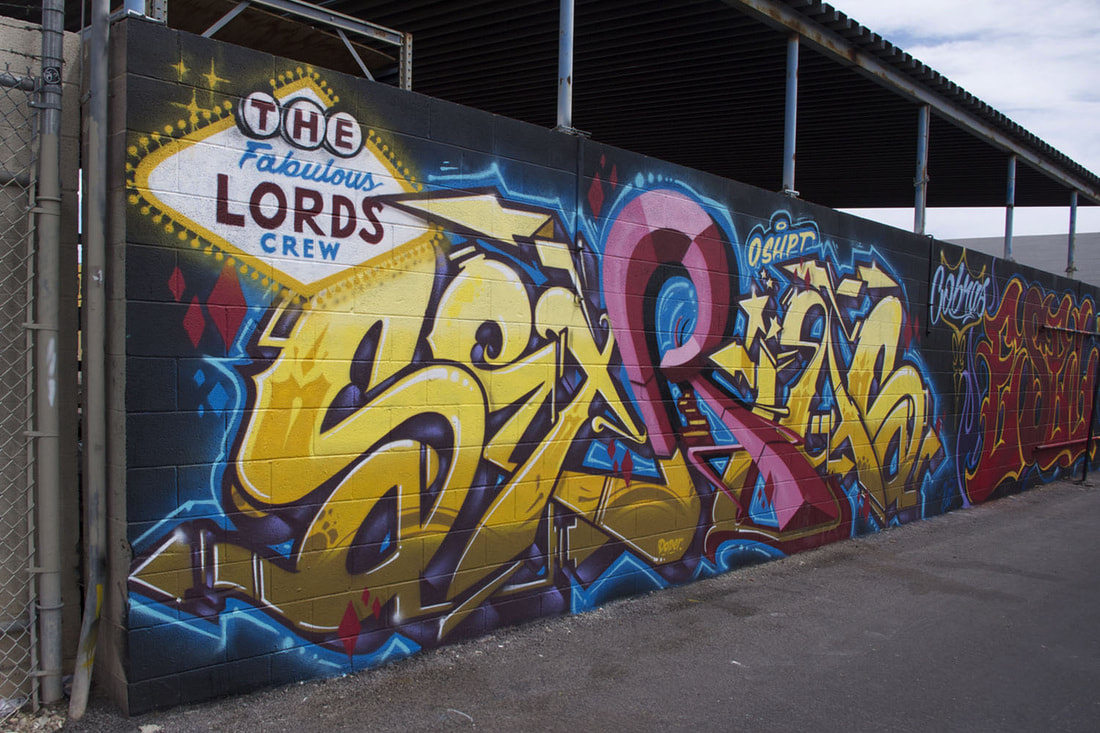
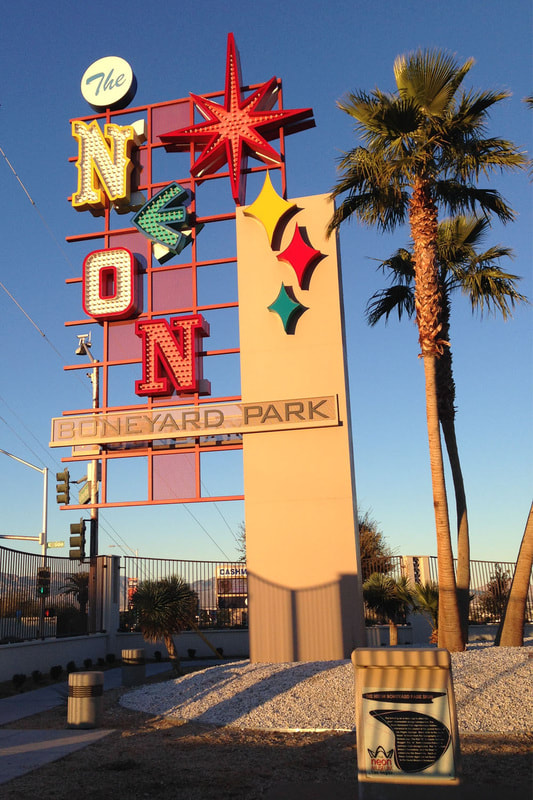
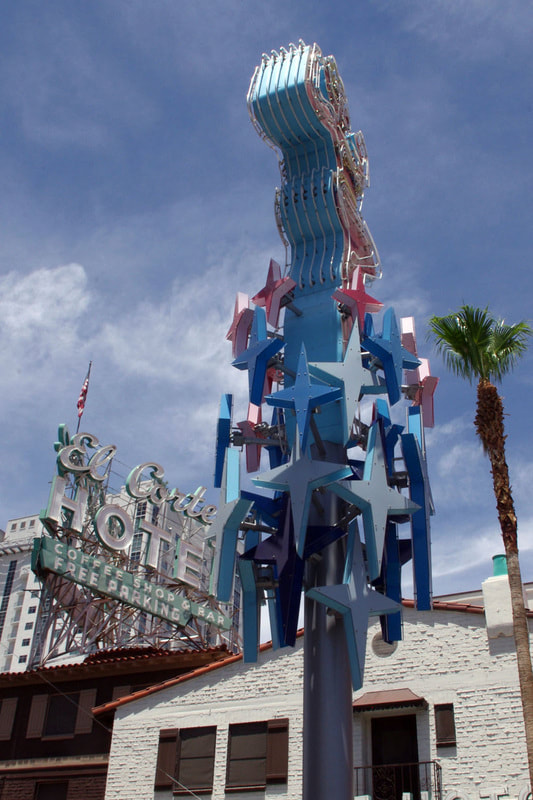
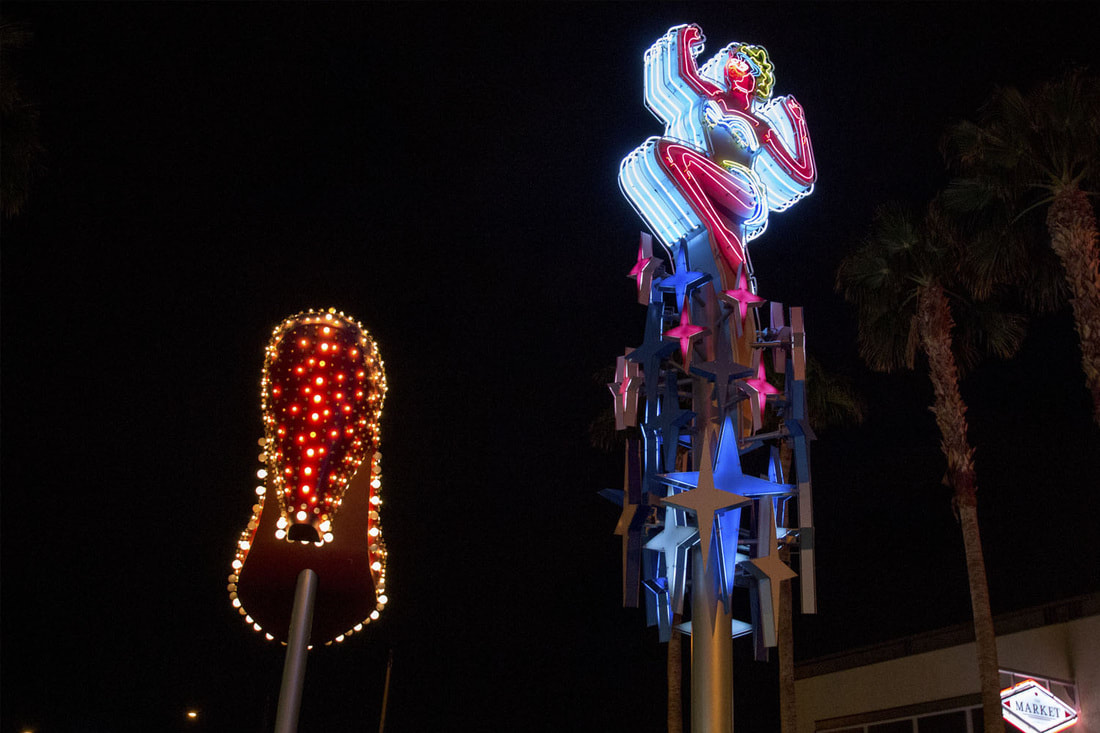
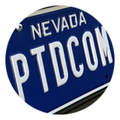


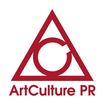
 RSS Feed
RSS Feed